
Green, the color of life and renewal, has captivated artists and art enthusiasts for centuries. Its ability to evoke a wide range of emotions and convey the essence of nature’s vitality is unparalleled. In this article, we delve into the breathtaking beauty of the green hue in artwork, exploring how it has been harnessed by artists to convey everything from serenity to vitality.
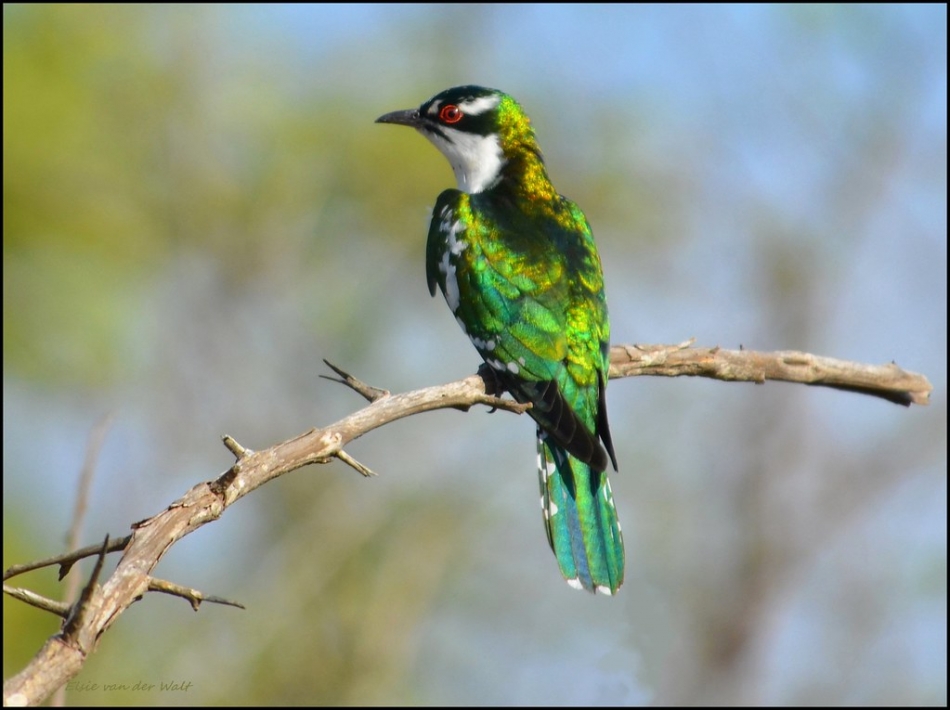
When we think of green in art, serene landscapes often come to mind. Countless artists, from the Dutch Masters like Jacob van Ruisdael to the Impressionists like Claude Monet, have utilized varying shades of green to portray lush meadows, serene forests, and tranquil ponds. These artworks transport viewers to idyllic settings, inviting them to escape the hustle and bustle of daily life and immerse themselves in the calming embrace of nature.
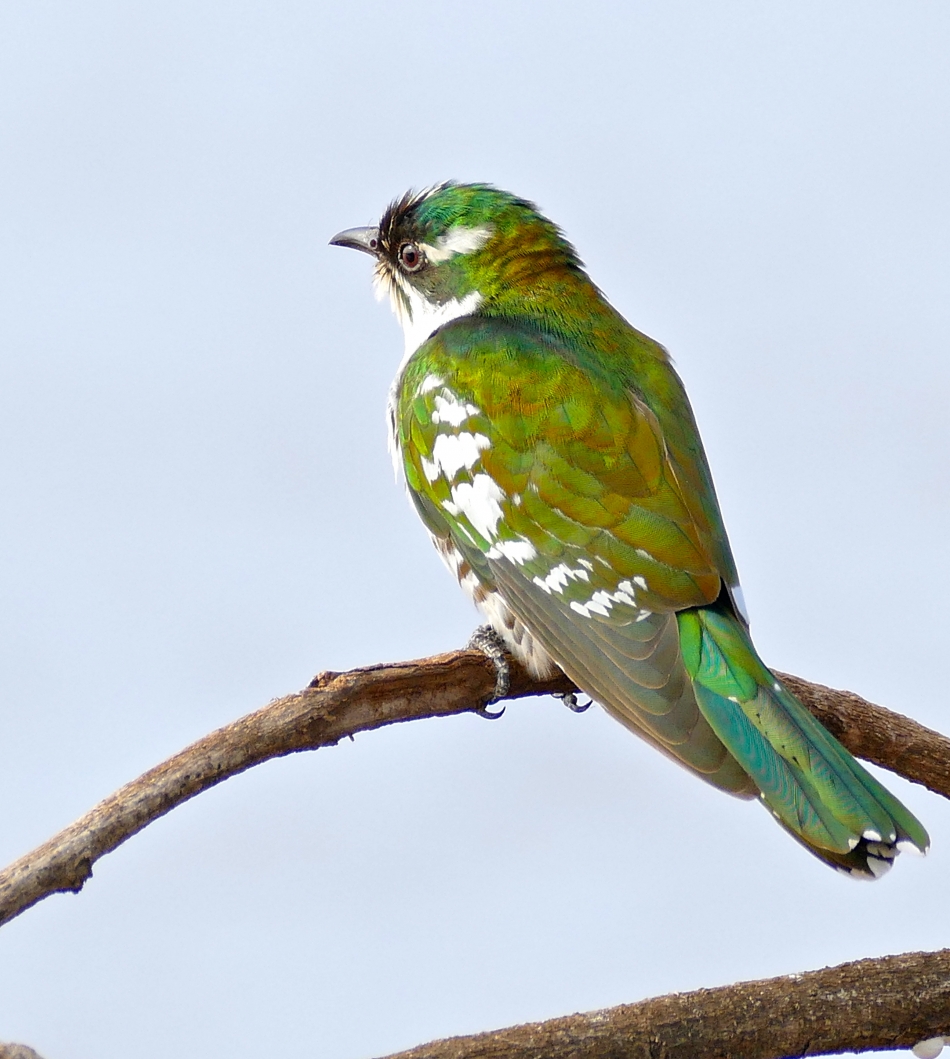
Green is synonymous with growth and renewal, making it a powerful symbol in art. Ancient cultures revered green as a representation of rebirth, fertility, and the cyclical nature of life. In Renaissance art, the use of green often symbolized hope and new beginnings. Botticelli’s “The Birth of Venus” is a prime example, where the lush greenery surrounding the goddess of love represents her rebirth from the sea.
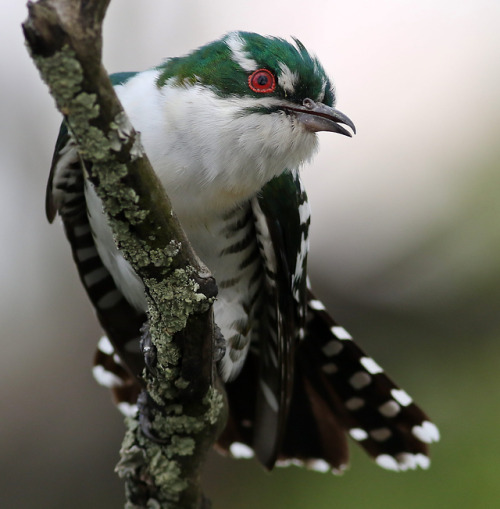
In the 20th century, artists like Wassily Kandinsky and Mark Rothko explored the vibrant possibilities of green in abstract art. Kandinsky’s “Composition VIII” features bold, geometric shapes in various shades of green, creating a dynamic interplay of form and color. Rothko’s color field paintings, such as “Green on Blue,” delve into the emotional impact of color, evoking contemplation and introspection.
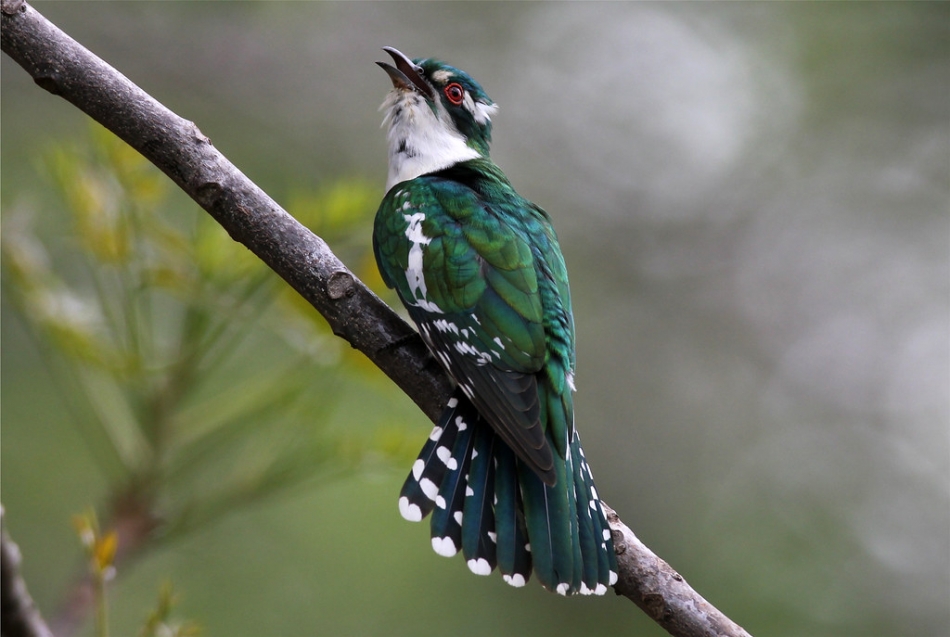
Green’s versatility as a color is exemplified in its ability to create dramatic contrasts in art. Think of Vincent van Gogh’s “The Starry Night,” where the intense greens of the cypress trees juxtapose the swirling blues of the night sky. This contrast not only adds visual intrigue but also conveys a sense of movement and emotion.
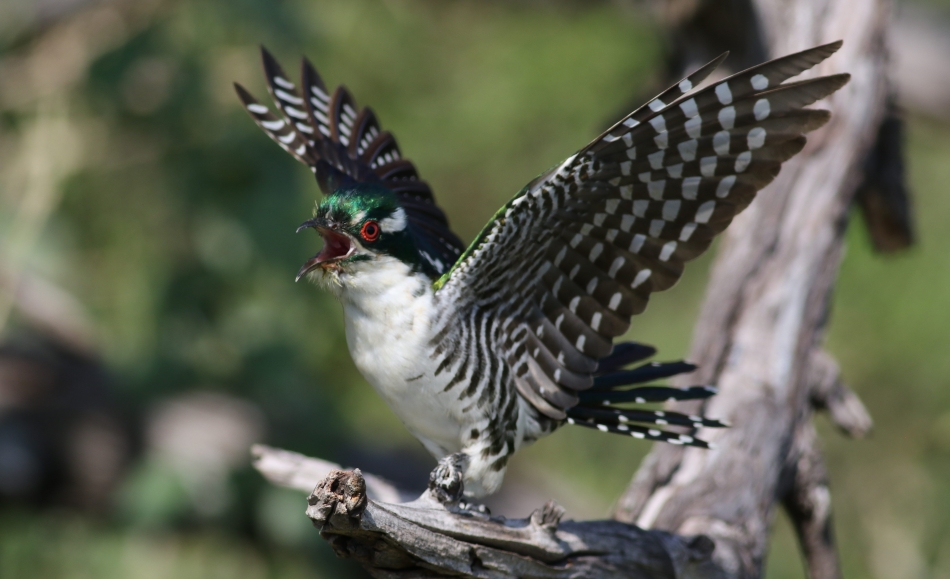
Green is often associated with healing and well-being, a connection that has been used in art therapy. Creating or experiencing green-hued art can be a therapeutic practice, promoting relaxation and stress reduction. This is particularly evident in the use of green in the works of artists who explore the intersection of art and mental health.
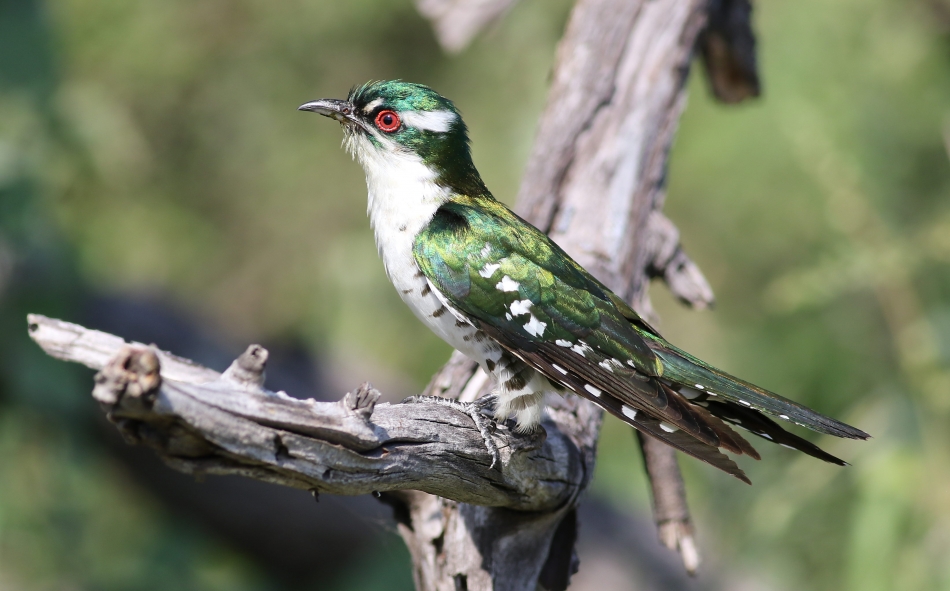
In conclusion, the breathtaking beauty of the green hue in artwork is a testament to its timeless appeal. Whether used to convey serenity, growth, vibrancy, drama, or healing, green holds a unique place in the artist’s palette. Its ability to evoke a spectrum of emotions and connect viewers with the essence of nature’s vitality ensures that green will continue to be a source of inspiration in the world of art for generations to come.
